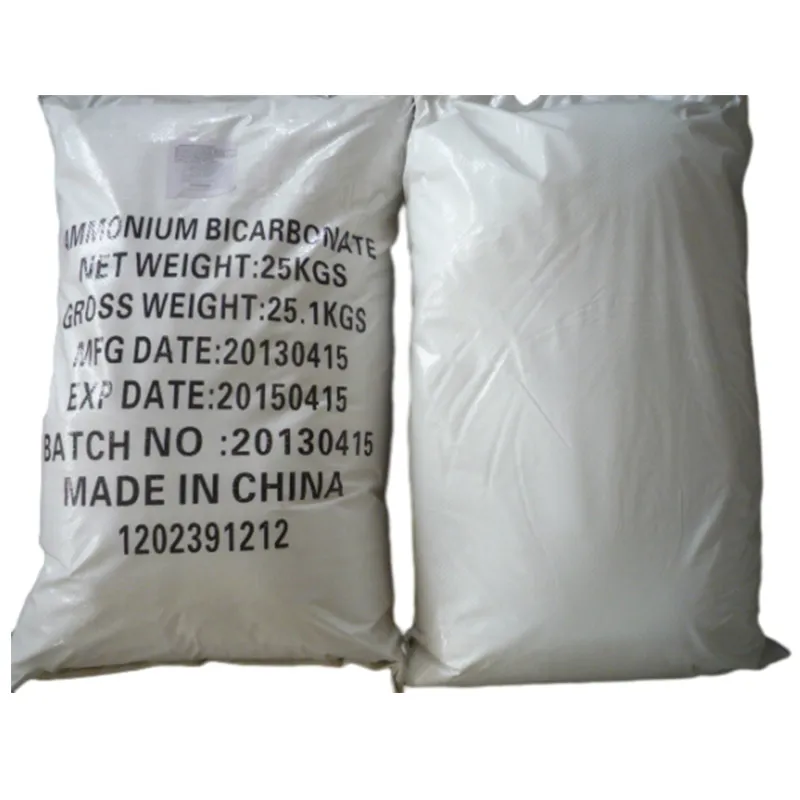
antioxidant in food preservation examples
The Role of Antioxidants in Food Preservation
Antioxidants play a crucial role in food preservation, enhancing both the shelf life and safety of various food products. These compounds help prevent oxidative damage to food, which can lead to spoilage, rancidity, and the loss of nutritional value. Understanding the different types of antioxidants and their applications in food preservation can illuminate their significance in the modern food industry.
Oxidation is a natural process that occurs when food is exposed to air, light, or heat. It can lead to the degradation of food compounds, resulting in undesirable changes in flavor, color, and texture. For instance, the browning of cut fruits like apples and bananas is primarily due to oxidation. Antioxidants combat these processes by neutralizing free radicals, the unstable molecules that contribute to oxidative damage. They can be classified into two main categories natural and synthetic antioxidants.
Natural antioxidants include vitamins such as vitamin C (ascorbic acid) and vitamin E (tocopherol), as well as polyphenols found in fruits, vegetables, and herbs
. These compounds are already present in many foods and can enhance their preservation when used effectively. For example, the addition of lemon juice, rich in vitamin C, not only imparts flavor but also helps prevent the browning of fruits and maintains their freshness longer.On the other hand, synthetic antioxidants, such as BHA (butylated hydroxyanisole) and BHT (butylated hydroxytoluene), are often used in processed foods. These compounds are effective in preventing rancidity in oils and fats, thereby extending the shelf life of products such as potato chips and margarine. However, there has been an ongoing debate about the safety of synthetic antioxidants, leading to an increased interest in natural alternatives.
antioxidant in food preservation examples

One prominent example of antioxidants in food preservation is their use in the meat industry. Natural antioxidants like rosemary extract have gained popularity as they not only act as preservatives but also contribute to the flavor profile of cured meats. Research indicates that these extracts can inhibit the oxidation of lipids in meat, thereby extending freshness and reducing the risk of spoilage.
Fruits and vegetables also benefit from the application of antioxidants for preservation. Coatings containing natural antioxidants can be applied to fresh produce to reduce respiration rates and inhibit microbial growth. This technique is particularly effective for berries, where skin damage can lead to rapid spoilage. By incorporating natural antioxidants into protective coatings, the shelf life can be significantly extended without compromising the quality of the produce.
In addition to their preservative qualities, antioxidants also offer health benefits. The consumption of antioxidant-rich foods is associated with a lower risk of chronic diseases, including heart disease and cancer. This dual role of antioxidants—as food preservatives and health boosters—highlights their importance in food science.
In conclusion, antioxidants are indispensable in food preservation, providing a means to enhance the longevity and safety of food products. Both natural and synthetic antioxidants serve vital roles, with a noticeable trend towards the use of natural alternatives due to consumer health concerns. As the food industry continues to evolve, the utilization of antioxidants will remain a key strategy in ensuring food quality and nutritional integrity.
-
nitrile-rubber-honoring-strict-production-standardsNewsAug.22,2025
-
aspartame-ingredients-honoring-food-safety-valuesNewsAug.22,2025
-
fertilizer-for-balanced-plant-nutritionNewsAug.22,2025
-
cyanide-gold-processing-with-high-purity-additivesNewsAug.22,2025
-
formic-acid-in-textile-dyeing-applicationsNewsAug.22,2025
-
aluminum-hydroxide-gel-in-skincare-productsNewsAug.22,2025
-
Regulatory Compliance for Global Mining Chemicals UseNewsAug.12,2025
Hebei Tenger Chemical Technology Co., Ltd. focuses on the chemical industry and is committed to the export service of chemical raw materials.
-

view more DiethanolisopropanolamineIn the ever-growing field of chemical solutions, diethanolisopropanolamine (DEIPA) stands out as a versatile and important compound. Due to its unique chemical structure and properties, DEIPA is of interest to various industries including construction, personal care, and agriculture. -

view more TriisopropanolamineTriisopropanolamine (TIPA) alkanol amine substance, is a kind of alcohol amine compound with amino and alcohol hydroxyl, and because of its molecules contains both amino and hydroxyl. -

view more Tetramethyl Thiuram DisulfideTetramethyl thiuram disulfide, also known as TMTD, is a white to light-yellow powder with a distinct sulfur-like odor. It is soluble in organic solvents such as benzene, acetone, and ethyl acetate, making it highly versatile for use in different formulations. TMTD is known for its excellent vulcanization acceleration properties, which makes it a key ingredient in the production of rubber products. Additionally, it acts as an effective fungicide and bactericide, making it valuable in agricultural applications. Its high purity and stability ensure consistent performance, making it a preferred choice for manufacturers across various industries.





